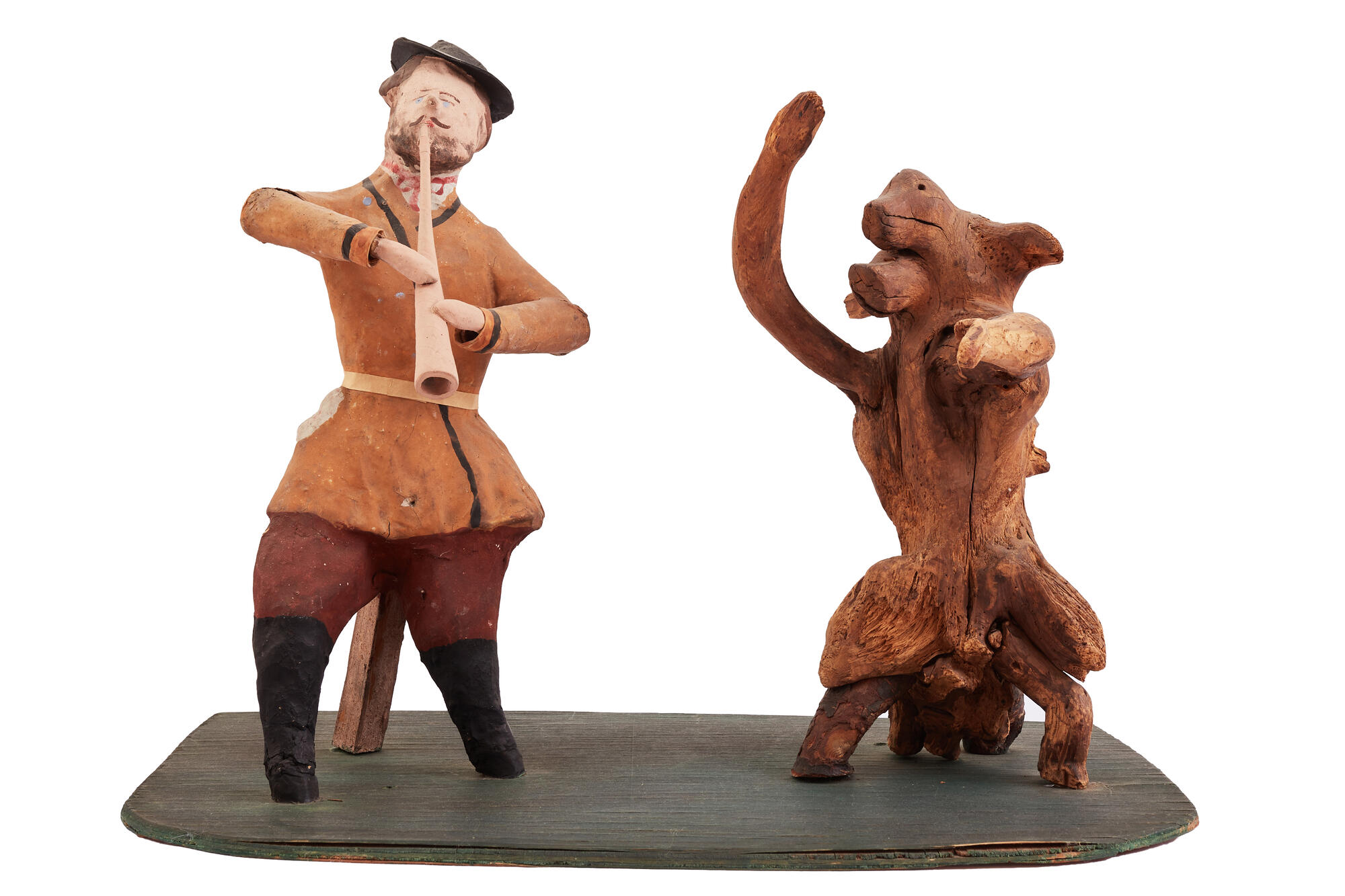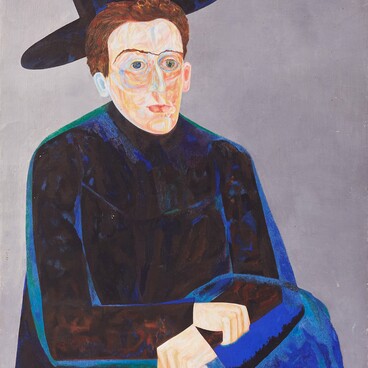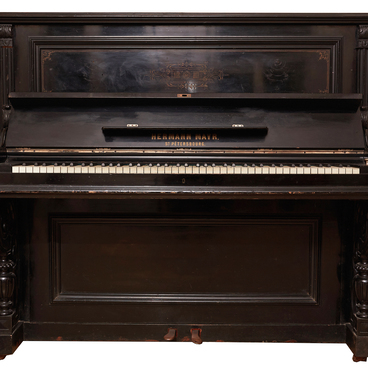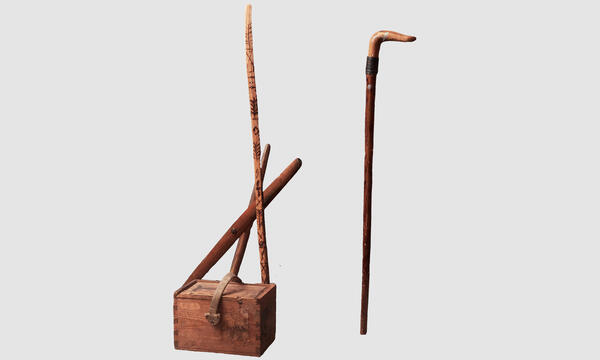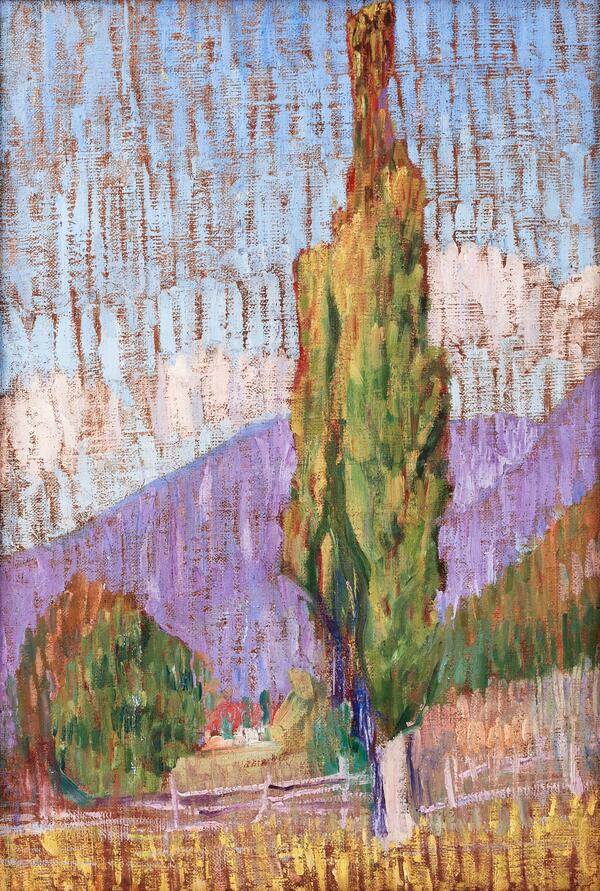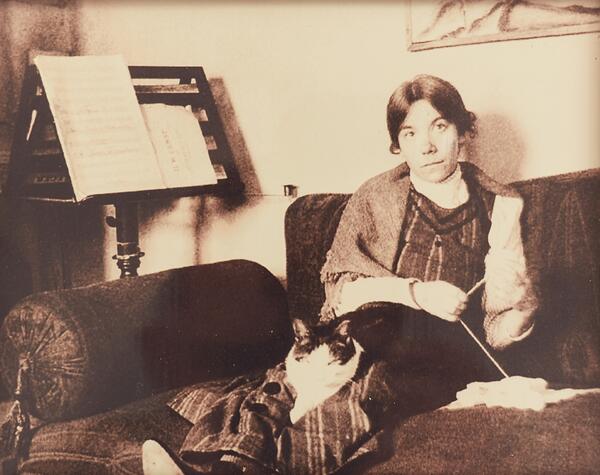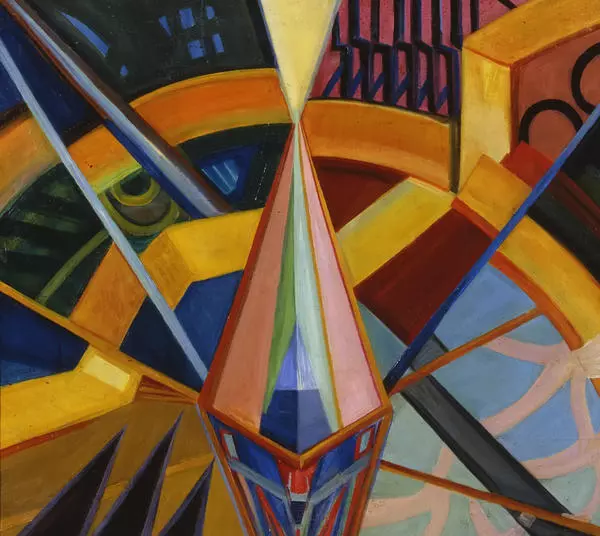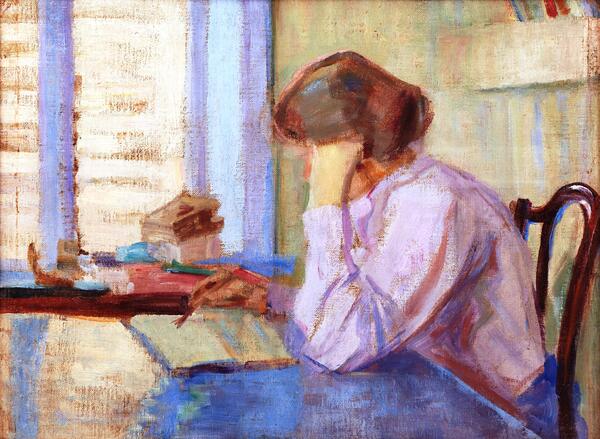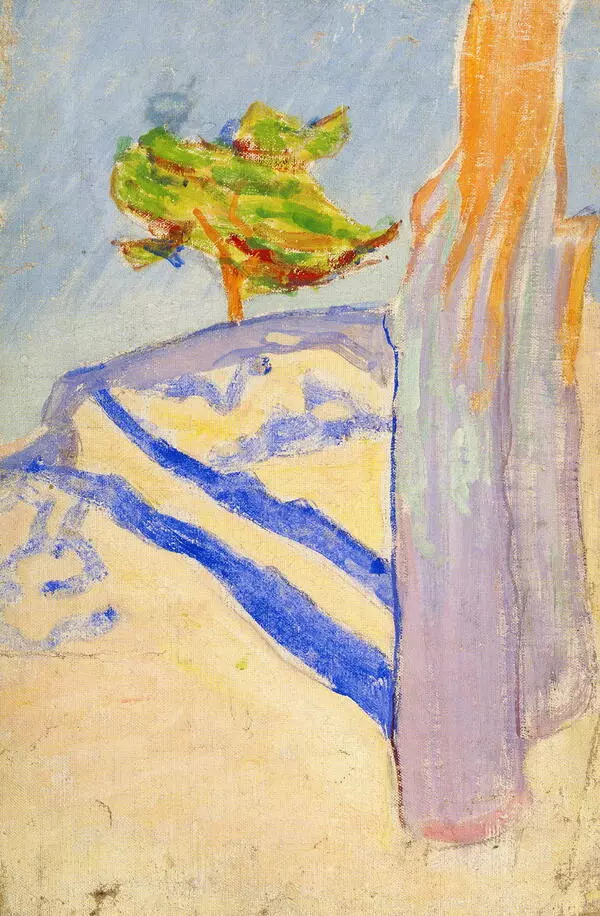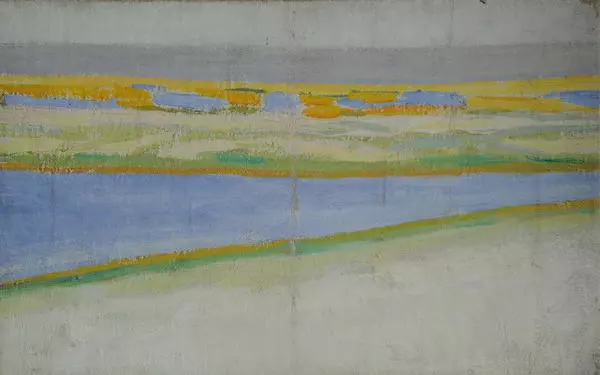The sculptural composition by Mikhail Vasilyevich Matyushin from the museum’s collection shows two figures: a bear and a piper wearing a white shirt and a yellow kaftan with a black hat. The figures are of different origins: the piper is a handmade toy that Matyushin bought as an addition to the dancing bear.
It is worth mentioning that many avant-garde artists were fond of collecting works of folk art. By the end of the 19th century, it seemed to have fully broken from the traditions of academism.
This detachment of folk art and its independence from classical canons of painting was something that attracted avant-garde artists: the bright colors and expressive images and that special, secular understanding and representation of the pictorial space are the features that characterized many artists, poets and musicians of the 20th century.
Mikhail Matyushin envisioned the second figure of a dancing bear in roots. Every summer, the artist rented a cottage in Finland, where low, twisting trees grew on the stony soil. While walking through the woods and along the lake shore, he collected material for his future sculptures.
The artist tried to preserve the structure of a root or a knot and only emphasize the expressive properties of the medium. Matyushin wrote in his diary,